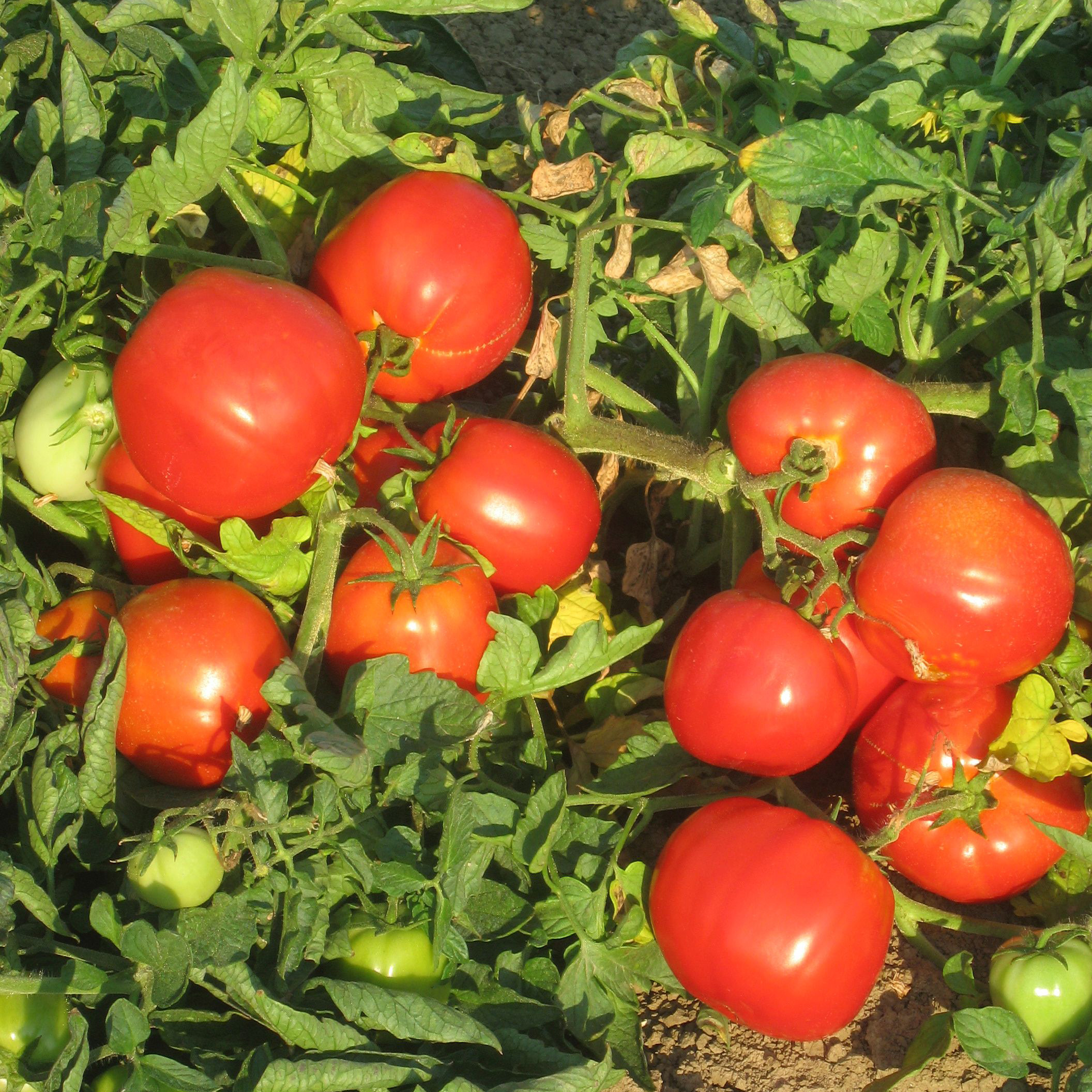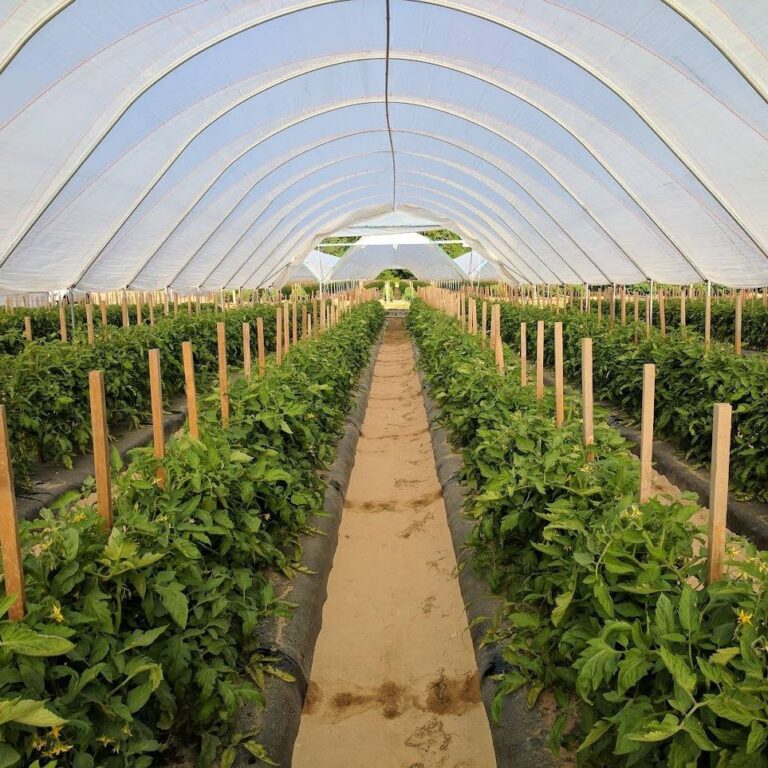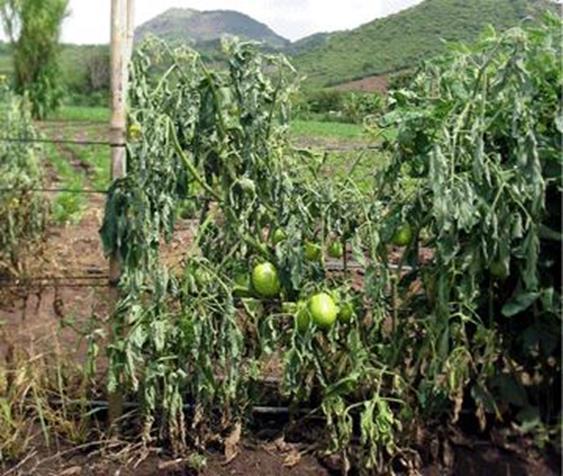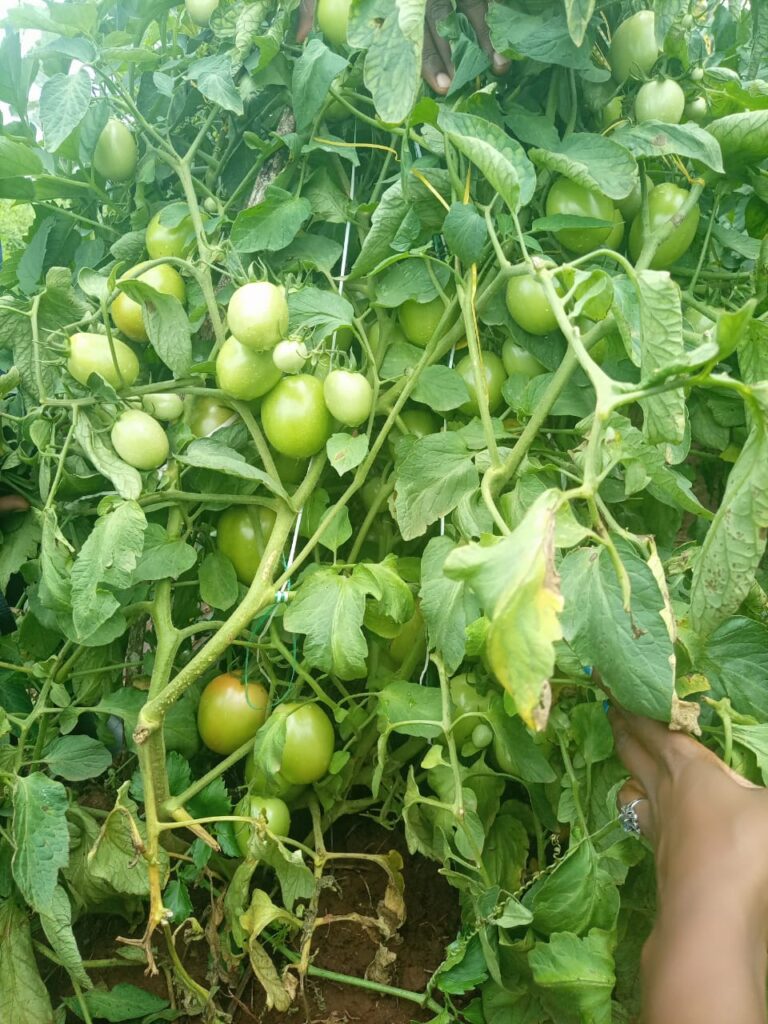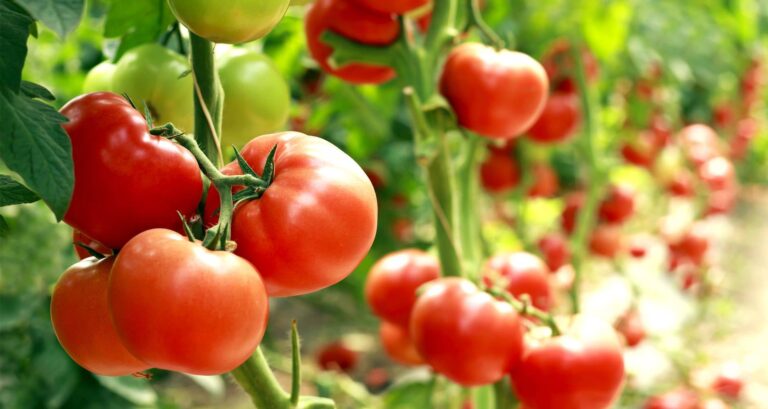Big Rock F1 Yield Per Acre In Kenya
Big Rock F1 tomatoes in Kenya typically yield about 25-35 tons per acre. This yield can vary based on factors such as soil quality, weather conditions, and farming practices. For optimal results, proper management, irrigation, and pest control are crucial.
Big Rock F1 Tomatoes
Big Rock F1 is another popular hybrid tomato variety known for its robust growth and high yield potential. Here’s what you need to know about growing and managing Big Rock F1 tomatoes in Kenya:
Yield Per Acre
- Expected Yield: Big Rock F1 tomatoes can yield approximately 25 to 35 tons per acre under optimal growing conditions. This yield can vary depending on factors such as soil quality, climate, and farming practices.
What Makes Big Rock F1 Stand Out?
- High Yield Potential: Farmers are reporting yields of up to 35 bags per acre, significantly higher than traditional varieties.
- Disease Resistance: Big Rock F1 shows excellent resistance to common maize diseases like Maize Lethal Necrosis (MLN) and Maize Streak Virus (MSV).
- Adaptability: This variety thrives in various climatic conditions, making it suitable for different regions within Kenya.
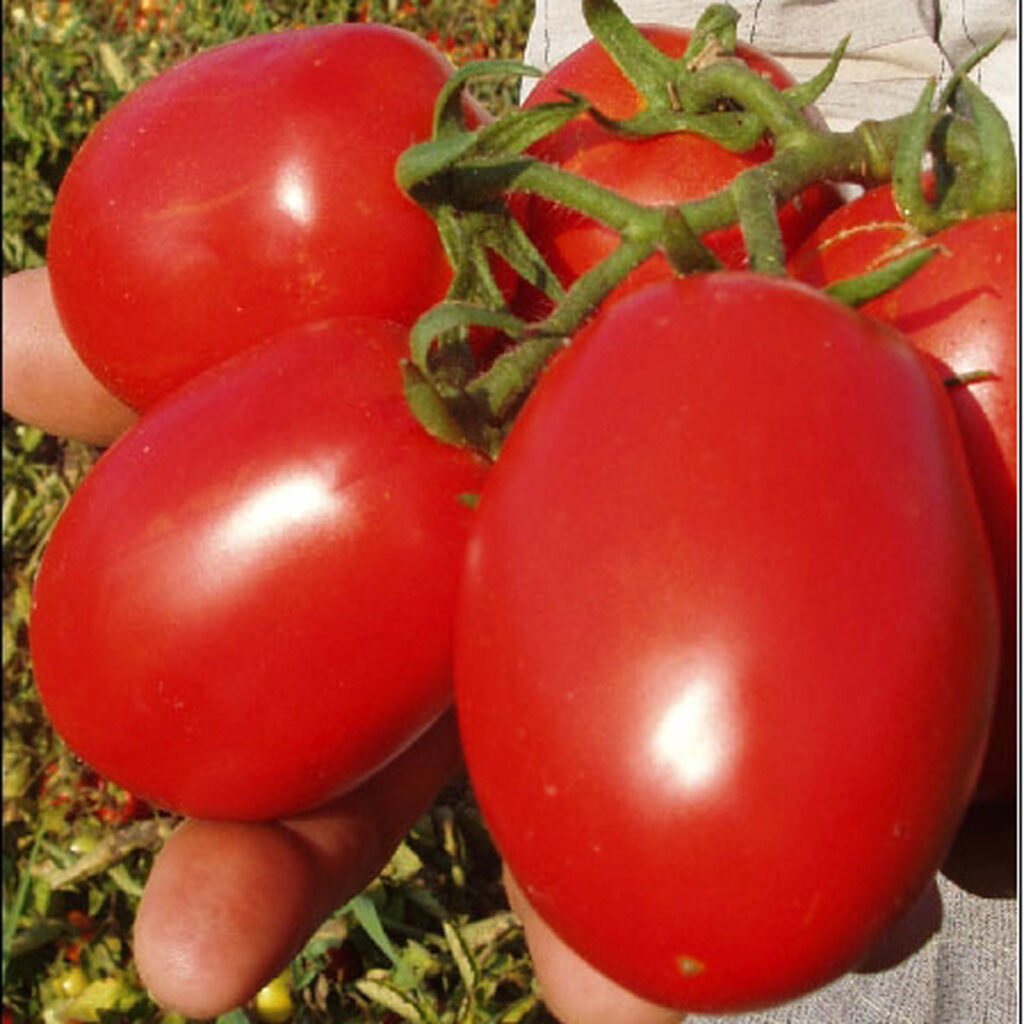
Growing Conditions and Practices
- Soil Preparation:
- Soil Type: Use well-drained loamy soil with good fertility.
- pH: Ideal pH range is 6.0 to 6.8.
- Preparation: Till the soil to a depth of about 15 to 20 cm. Incorporate compost or well-rotted manure to enrich the soil.
- Planting:
- Seed Sowing: Sow seeds in seed trays or seedbeds 6 to 8 weeks before the intended transplanting date.
- Seedling Care: Keep the seedlings in a warm, sunny location and ensure they receive adequate water. Transplant when seedlings are about 6 to 8 inches tall with 2 to 3 sets of true leaves.
- Spacing:
- In-field Spacing: Space plants approximately 60 cm apart in rows that are 75 cm apart. This spacing allows for good airflow and sunlight penetration, reducing the risk of diseases and promoting healthy growth.
- Watering:
- Moisture: Maintain consistent soil moisture. Water regularly, particularly during dry spells. Ensure proper drainage to avoid waterlogging.
- Fertilization:
- Initial Fertilizer: Apply a balanced fertilizer (e.g., 10-10-10) at planting time.
- Additional Applications: Side-dress with a high-potassium fertilizer during the fruit-setting period to enhance fruit development and yield.
- Pest and Disease Management:
- Pests: Monitor for common pests such as aphids, whiteflies, and spider mites.
- Diseases: Manage diseases like blight, wilt, and mosaic virus with appropriate fungicides and by practicing crop rotation and good field hygiene.
- Support:
- Staking: Use stakes or cages to support the plants, which helps in keeping the fruit off the ground and reduces the risk of diseases.
- Harvesting:
- Timing: Harvest tomatoes when they are fully ripe, firm, and have developed their characteristic color. Typically, fruits are ready to harvest 60 to 80 days after transplanting.
Additional Considerations
- Market Prices: Tomato prices fluctuate based on market demand and supply. On average, tomatoes in Kenya can sell for KSh 50 to KSh 100 per kilogram.
- Record Keeping: Maintain detailed records of your farming practices, costs, and yields to help manage your farm effectively and make data-driven decisions.
Conclusion
Big Rock F1 tomatoes have a high yield potential and can be a profitable crop if managed well. Ensuring optimal growing conditions, proper care, and pest management are key to achieving the best results.
For the most accurate and localized advice, consider consulting with agricultural extension services or local farming experts in Kenya.
